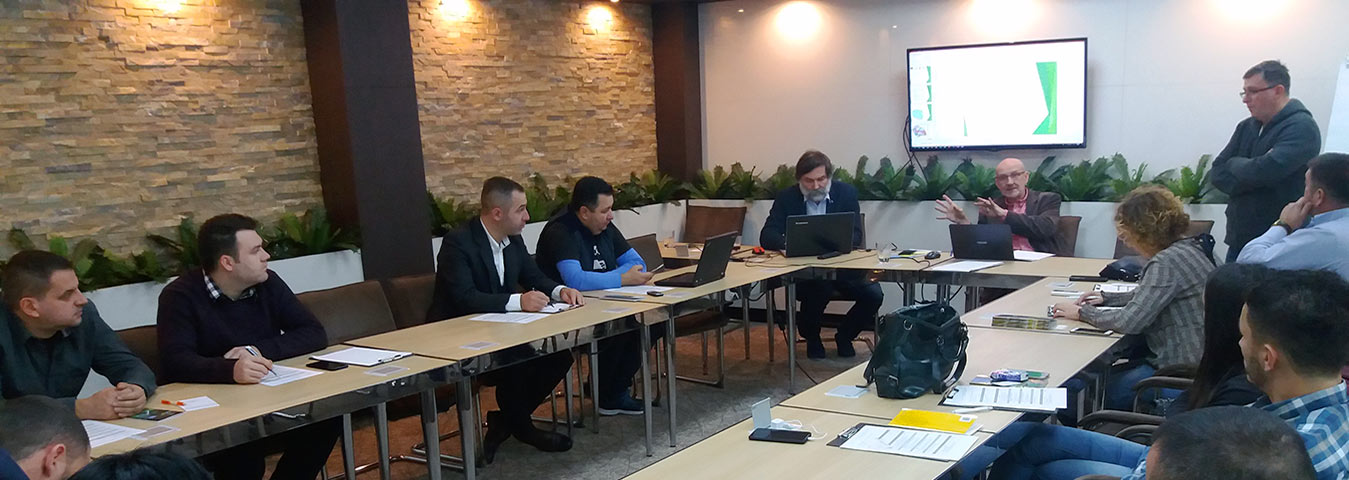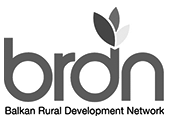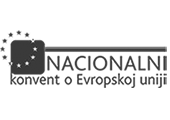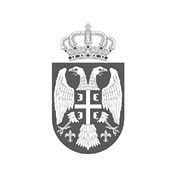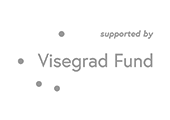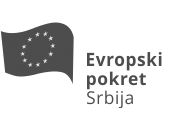LEADER approach and local action groups (LAGs)
The LEADER initiative is an approach in the framework of the EU rural development policy to stimulate equality and unity of all stakeholders in the processes of policy building, decision making and implementation of activities related to rural development.
LEADER is an acronym for “Liaison entre Actions de Developpment de l’Economie Rurale”, meaning links between actions for development of the rural economy. It is a method for stimulating and achieving local development in rural areas. LEADER is a tool for encouraging entities living in rural areas to investigate new ways for joint efforts for improving their basic livelihoods. Hence, LEADER contributes to improving the quality of life in rural areas, both for the farming families and for the wider rural population.
The LEADER initiative began in 1989 as an instrument to promote the interests of the European Community, such as international cooperation. From the very beginning it was a tool to introduce and test new methods and concepts, or allowing innovation in traditional approaches and linking the institutions. LEADER officially started implementation in 1991 in order to improve development potentials of rural areas by attracting local initiatives and knowledge, as well as by spreading this knowledge in other rural areas.
So far four LEADER generations have been implemented:
LEADER I (1991-1993): marked the beginning of a new approach which was obviously territorial: based on regions, integrated and participative. Creativity was a key element from the very beginning.
LEADER II (1994-1999): continued with the same approach, but emphasis was placed on the innovative character of LEADER projects and methods.
LEADER + (2000-2006): focused on quality of local strategies. LEADER + was already applicable in all areas of rural development of the European Community.
LEADER Axis (2007-2013): the LEADER approach became a part of the Common Agricultural and Rural Development Policy as Axis 4 in policy on rural development. Since 2007 it has been included in the National Rural Development Policies.
Key characteristics of the LEADER approach
The LEADER approach is a unique opportunity for joint achievements in rural development through local support. There are seven key features that sum up the LEADER approach:
1. Area-based strategy on rural development,
2. Bottom-up approach with deciding power given to Local Action Groups regarding drafting and implementing rural development strategies,
3. Public-private partnership: Local Action Group (LAG),
4. Innovation activities,
5. Multi-sectorial activities and their implementation,
6. Networking among Local Action Groups, and
7. Cooperation projects.
These features make a whole (a set of tools) and each of them is complementary and has positive mutual impact with other features throughout the process of implementation, having permanent effects on the dynamics of rural areas and their capacity to solve their own problems.
What is LAG?
Establishing local partnerships called Local Action Groups (LAG) was one of the primary and most important steps of the LEADER approach. According to Article 62, Item 1 of the Council Regulation (EC) No 1698/2005, in member states, LAGs “…..must show an ability to define and implement a development strategy for the area…”. Such groups should also “….either select an administrative and financial lead actor able to administer public funds and ensure the satisfactory operation of the partnership, or come together in a legally constituted common structure the constitution of which guarantees the satisfactory operation of the partnership and the ability to administer public funds…”. It is considered that LAGs will be effective in encouraging a sustainable development because they would
- Gather and combine human and financial resources of the public, private and civil sectors and voluntary engagements,
- Associate local activity holders around collective project and multi-sectorial activities in order to achieve synergy, joint ownership and critical mass necessary for improving economic competitiveness of a certain area,
- Strengthen dialogue and cooperation among different rural stakeholders, who often lack or have little experience in cooperation, by reducing potential conflict and facilitating negotiations and agreements for solutions through consultations and talks,
- By means of interaction among various partners, facilitate processes of adjustments and change in the agricultural sector (for example, high quality products, food retail chains), integration of environmental issues, diversification of rural economy and improving life quality.
A LAG should associate public and private partners, to be a well-balanced group that would represent the interests of existing local groups coming from different socio-economic sectors in a particular area. At decision making level, private partners and associations should participate at least by 50% in the local partnership.
A LAG could be specially established to get LEADER support, but it could be also established on grounds of existing partnerships. By having available a team of practitioners and power to make decisions, a LAG is a model organization that could positively impact policy creation. Experience has shown that on grounds of the common features, several types of LAGs can be established, as a result of various forms of regional and nation-political and institutional organization, with different levels of autonomy referring to project approval and financial management.

